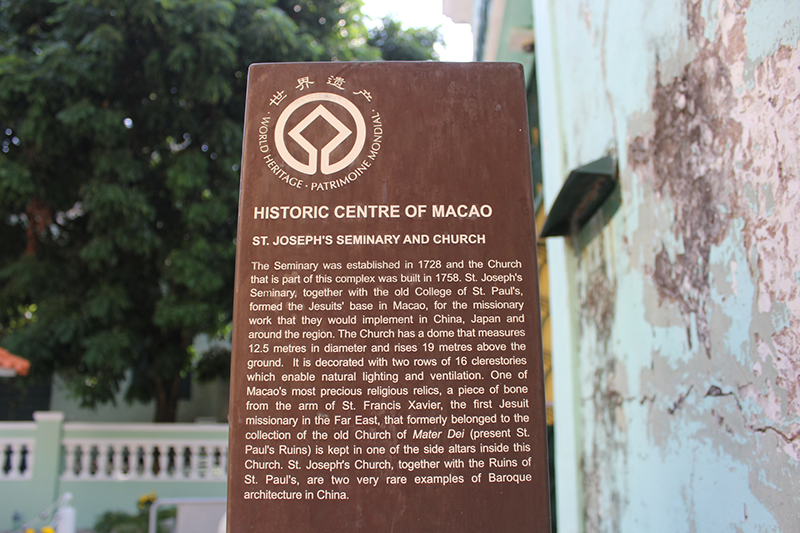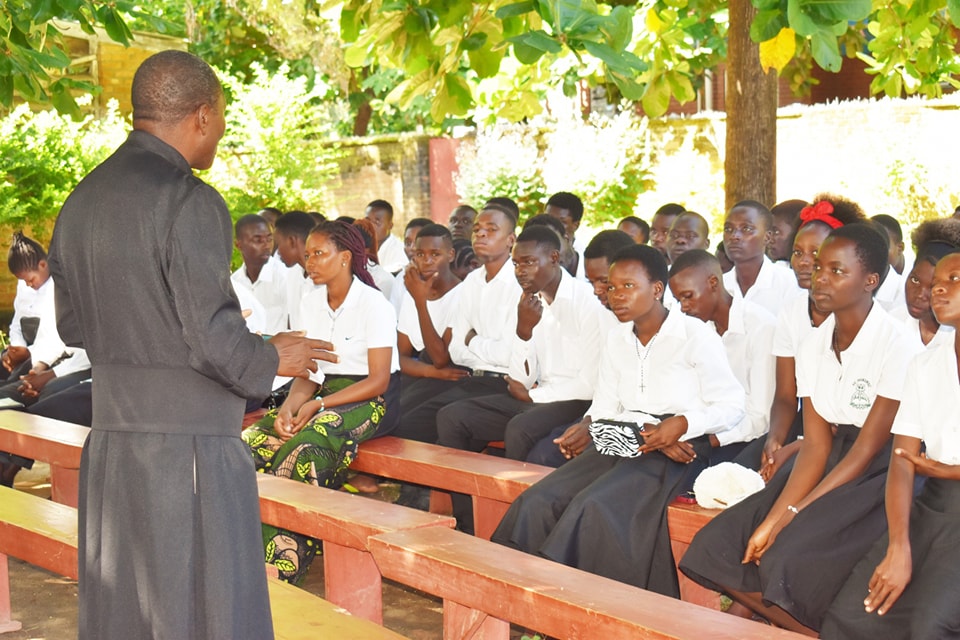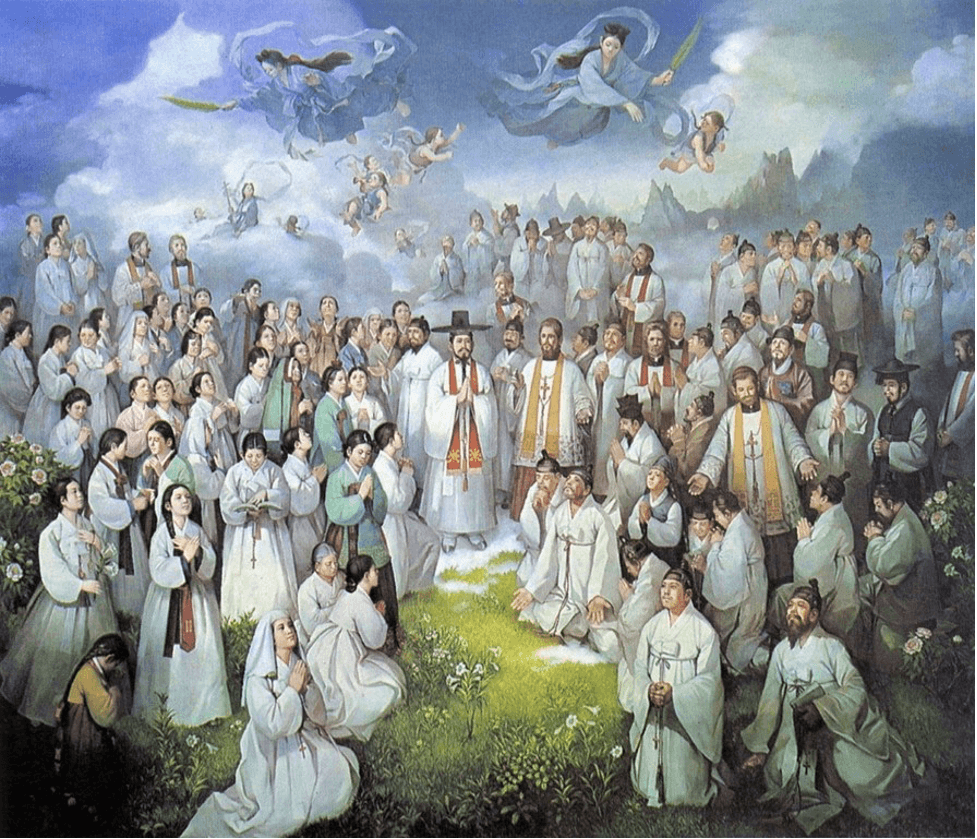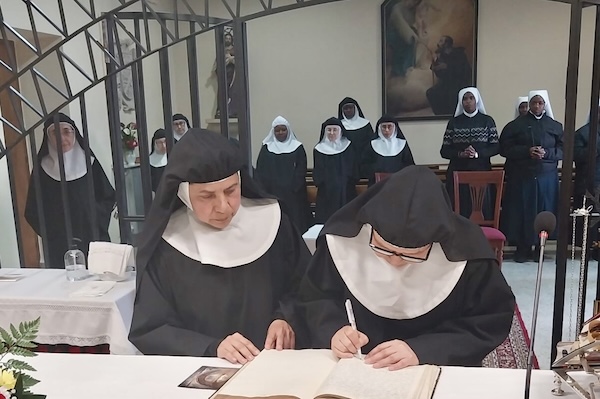*Maria Kwak
This year, Macau celebrates the 15th anniversary of its inscription on the UNESCO World Heritage List. Initiated by the last governor of Macau in 1994, the Historic center of Macau was inscribed in 2005, making it the 31st designated World Heritage site in China. The Historic Center of Macau is made up of two separated core zones in the central area on the Macau peninsula.
Times like these are probably not the best to encourage visitors to physically make a trip to Macau, but it should not stop us from remembering Macau citizens’ collective memory and history. The International Council on Monuments and Sites (ICOMOS) recognizes that the interpretation of cultural heritage is an essential part of the heritage conservation process. Contrary to popular notion, heritage conservation does not only pertain to the physical manifestations of cultural heritage. The primary purpose of conservation through public communication is to facilitate understanding and appreciation of cultural heritage sites and foster public awareness.
We as faithful have a duty to understand the cultural heritage from the ecclesiastical perspective. The Pontifical Council For Culture (Latin: Pontificium Consilium de Cultura) describes cultural heritage as “an inspiration for humanity.” The Council further constitutes cultural heritage as “witness to a fruitful symbiosis of culture and faith” (Towards a Pastoral Approach to Culture, 1999). Such a notion is parallel to UNESCO’s definition of cultural heritage as “an irreplaceable source of life and inspiration.”
THE HISTORIC MONUMENTS OF MACAO
The Historic Monuments of Macao are a set of 12 monuments linked to form a heritage route which leads to the center of the old Christian quarter starting from A-Ma Temple. This heritage route represents Macau’s unique historic urban development with the oldest and richest European architectural legacy on Chinese territory, a unique product of Sino-Western cultural exchange over a period of 400 years.
Undoubtedly, Macau has one of the highest densities of Roman Catholic religious buildings in Asia. It is interesting to note that the parish churches had a strong impact on the urban layout of Macau even until today. The Peninsula is divided into five parishes named after local churches that were built in the 16th and 17th centuries: St Anthony’s, St Lazarus’, St Lawrence’s, the Cathedral, with the exception of Fátima. These monuments stand witness to the long history of Christian missionaries’ footprints.
Pope Gregory XIII, through the Bull Super Specula Militantis Ecclesiae created the Diocese of Macau as suffragan to the Archdiocese of Goa. Subsequently, the Diocese held ecclesiastic jurisdiction over Japan, China and Vietnam by 1576. In 1586, Macau was raised to the official title of City of the Holy Name of God in China. As the hub for evangelisation in the region, the churches of Macau are living proof of the interchange of religious, spiritual and cultural values. The Historic Monuments of Macau includes various churches, convents and chapels belonging to various Catholic orders from the 16th to 19th centuries: Jesuits, Dominicans, Augustinians and Franciscans.
OUTSTANDING UNIVERSAL VALUE AS “THE FIRST”
In order to be inscribed in the UNESCO’s World Heritage List, the sites must exhibit an Outstanding Universal Value (OUV). Criterion VI in the List recognises several architectural monuments as pioneering examples that influenced the cultural exchange between China and Europe. It includes St Joseph’s Seminary Church as the first baroque architecture as referenced in UNESCO’s World Atlas of Baroque. The Church holds relics of a bone of St Francis Xavier, a patron saint of Macau, known as “the Apostle of the East.” The Seminary building is home to the Treasure of Sacred Art of St Joseph’s Seminary which exhibits some of the important Jesuits’ cultural heritage in various exhibition rooms. The Ruins of St Paul’s as the landmark of Macau can be recognised as the “Acropolis” of old Macau. The old Jesuits’ complex consisted of the Church of Mater Dei and the old College of St Paul’s with Mount Fortress. The Church’s facade is the first mannerist architecture example in China and the College being the first Western-style university in the Far East.
WESTERN CONCEPTS OF URBAN PLANNING IN CHINA
The tripartite complex which consists of Leal Senado Square, St Dominic’s Square and St Dominic’s Market is perhaps the most vibrant spot in the Historical center of Macau today. This Western concept of urban planning is a typical feature of southern Europe, which enabled political power, religion and commercial enterprise to be closely linked to one another and it is the only example in the whole of China. Established by Spanish Dominican priests from Mexico, St Dominic’s Church held the Diocese’s religious services when the Cathedral was damaged by a typhoon in 1836. The main altar of the church displays a statue of St Catherine of Siena, another patron saint of Macau since 1646. Today, the Church’s Treasure holds a collection of sacred arts dated from the 17th to the 19th century.
The Historic Monuments of Macau and its urban evolution reflect Macau’s unique cultural identity as a multicultural community. The ICOMOS says that interpretation refers to the full range of potential activities intended to heighten public awareness and enhance understanding of cultural heritage sites.
The Cultural Institute publishes the Review of Culture, an academic journal to inform the public on research findings. From ecclesical perspective, Pope John Paul II in his Letter instituting the Pontifical Council for Culture (1982) advised its promoters that cultural treasures of the Church should not be treated exclusively in cultural terms as their meaning will be lost.
Through our participation in the communication process and promoting activities among ourselves as well as non-believers, may we fulfill the role of service to the community in our highest regard.
(Photo description: A form of heritage interpretation – the Seminary of St Joseph’s. Photo by Maria Kwak.)
*MA Candidate in History & Heritage Studies at USJ


 Follow
Follow


